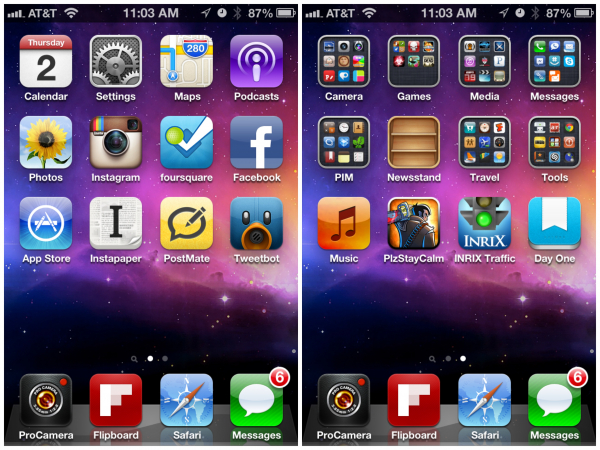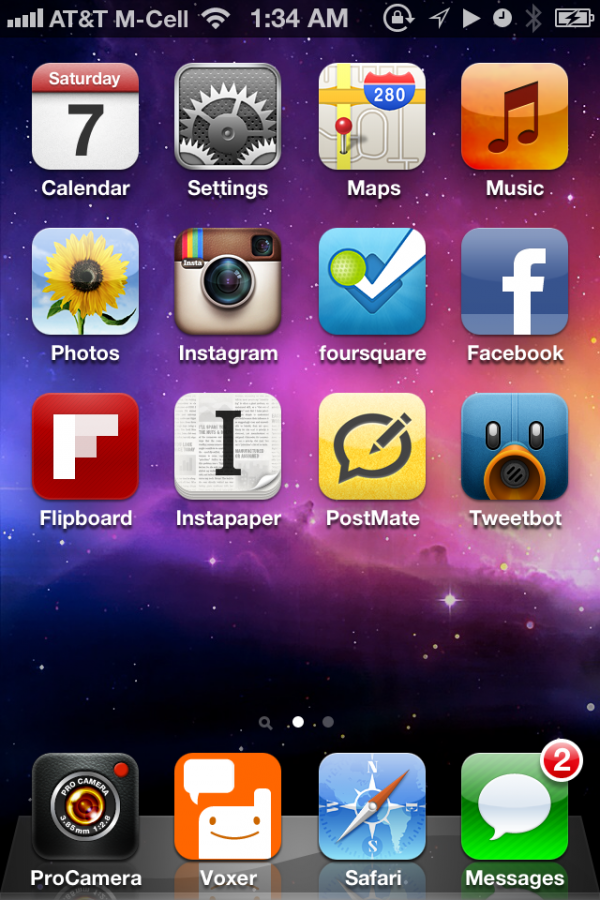From your 286 subscriptions, over the last 30 days you read 20,643 items…Since Oct 14, 2011 you have read a total of 300,000+ items.
That's pretty ridiculous, lol.
I've always been OCD about trying to read every single headline that comes my way. I've gotten pretty good about skimming through my Google Reader inbox, starring interesting articles to when I get home.
But as I'm getting deeper into my career, I've finding it harder and harder to keep up.
I think now is the time for me to let go of my must-read-everything OCD and just treat news as a "stream." As a stream, news will constantly float by and if something catches my eye, I'll Instapaper/Pinboard it.
With the inevitable end of Google Reader coming in the next couple months, I'm looking at this as an opportunity to break this habit. Here's what I'm gonna do:
- unsubscribe from all major tech sites, including TechCrunch, Engadget, Mashable, and ArtTechnica.
- create a "Tech" Twitter List and add all the major tech sites' Twitter accounts
- on Tweetbot, keep three columns open: Personal Friends, Bloggers, Tech.
- on Google Reader, only subscribe to blogs that don't update on a regular schedule.
- on TweetDeck, have all three Twitter Lists open and have them pop up as Growl Notifications.
With this setup:
- I'll cut back on an average of 300 RSS items per day.
- I'll still be able to keep up with the less-active blogs.
- with Growl Notifications and TweetDeck, I'll occasionally catch breaking tweets as they happen.
- Any tweets I miss from Growl, I'll easily catch up on with TweetBot.
- If news truly is breaking, people in my Bloggers Twitter List will be retweeting/talking about it anyway.
Let's see how this goes.

